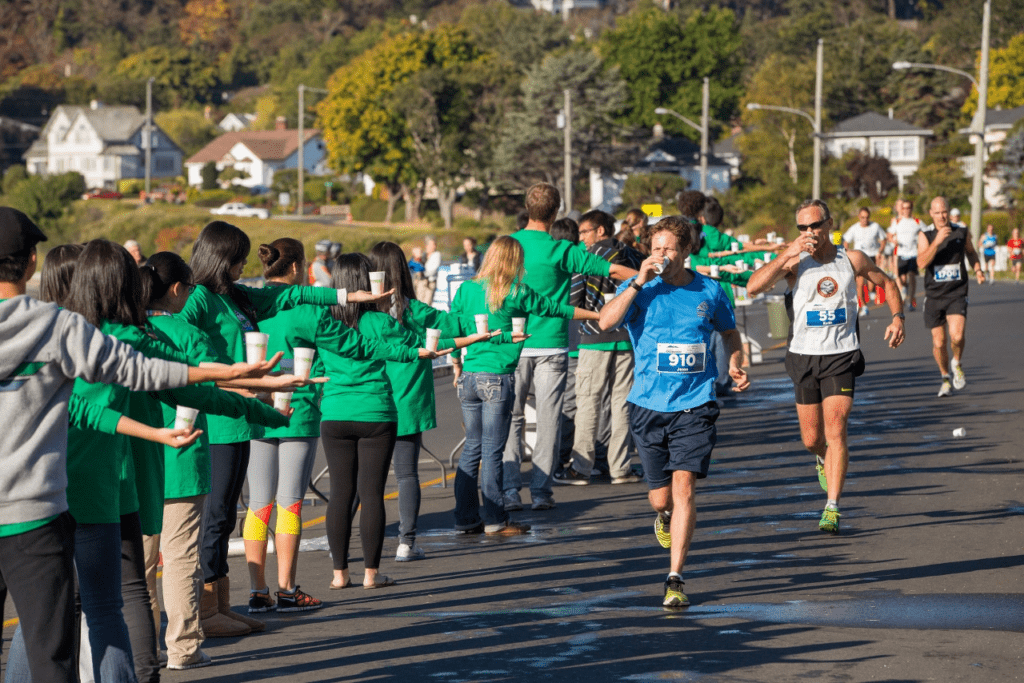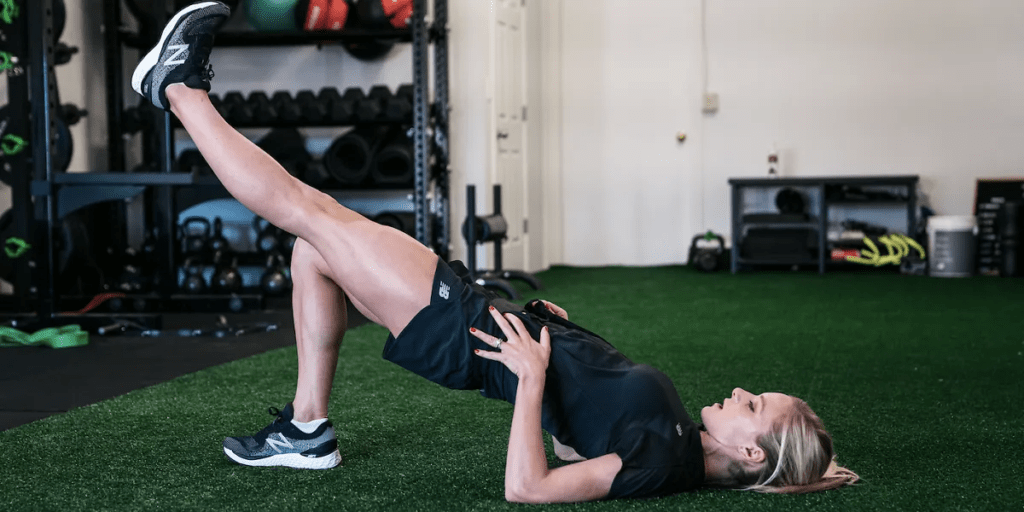Are you an avid runner, cyclist, or participate in any other endurance sport? If so, you’ve probably experienced the dreaded muscle cramps during a race. Those sudden, painful contractions of your muscles can not only ruin your performance but also make your race day experience miserable. But fear not! In this article, we’ll explore ten effective strategies to help you prevent cramps and ensure a smooth, pain-free race day.
Understanding the Culprits Behind Cramps
Before diving into prevention strategies, let’s briefly understand what causes muscle cramps during a race. Cramps are involuntary muscle contractions that can be triggered by various factors, including:
- Dehydration: When you lose too much fluid through sweating without adequate replenishment, your muscles can seize up.
- Electrolyte Imbalance: Sodium, potassium, calcium, and magnesium are essential electrolytes that play a crucial role in muscle function. An imbalance can lead to cramping.
- Overexertion: Pushing your muscles to their limits without proper training or pacing can increase the risk of cramps.
- Fatigue: Tired muscles are more prone to cramping, especially during prolonged physical activities.
Now, let’s explore the ten strategies to keep these cramps at bay:
1. Hydration: Stay Ahead of Thirst
One of the most common causes of muscle cramps is dehydration. To prevent this, start hydrating well before the race. Aim to drink at least 8-10 glasses of water a day, and don’t rely solely on thirst as an indicator. During the race, take sips of water regularly, even if you don’t feel thirsty. Consider using electrolyte drinks to replenish lost minerals.

Pro Tip: Calculate your sweat rate by weighing yourself before and after a training run. The difference in weight reflects your sweat loss, helping you determine how much to drink during the race.
2. Electrolyte Balance: Fuel Your Muscles
Maintaining proper electrolyte balance is crucial for muscle function. Consume foods rich in potassium (bananas, oranges), sodium (sports drinks, pretzels), calcium (dairy products, leafy greens), and magnesium (nuts, seeds). Electrolyte supplements or tablets can also be a valuable addition to your race nutrition.
Pro Tip: Experiment with different electrolyte products during training to find what works best for you.
Learn more about the significance of electrolyte balance here.
3. Warm-Up and Stretch
Before jumping into a race, it’s essential to prepare your muscles. Start with a gentle warm-up to increase blood flow and loosen your muscles. Incorporate dynamic stretches that mimic the movements you’ll make during the race. Pay extra attention to areas prone to cramping, such as calves and hamstrings.
Pro Tip: A warm-up routine that includes leg swings, lunges, and hip circles can do wonders for preventing cramps.
4. Proper Pacing: Don’t Start Too Fast
Starting a race too fast can lead to muscle fatigue and cramps later on. Stick to a pace that matches your training level and gradually build intensity. Listen to your body, and don’t get caught up in the excitement of the race start.
Pro Tip: Use a GPS watch or fitness app to monitor your pace and stay on track.
5. Strength Training: Fortify Your Muscles
Incorporating strength training into your routine can help prevent cramps by improving muscle endurance. Focus on exercises that target the muscle groups you use most during your races, such as squats, lunges, and planks.
Pro Tip: Work with a fitness trainer to create a personalized strength training plan that aligns with your race goals.

6. Balanced Nutrition: Fuel Your Body
Proper nutrition is vital for race-day success. Consume a balanced diet rich in carbohydrates, proteins, and healthy fats. Carbohydrates provide essential energy, while proteins aid in muscle repair and recovery. Avoid heavy or unfamiliar foods on race day to prevent digestive issues.
Pro Tip: Experiment with race-day nutrition during your training to identify what foods work best for you.
Explore the role of nutrition in endurance sports here.
7. Electrolyte Supplements: Portable Relief
Carry portable electrolyte supplements with you during the race. These come in various forms, including gels, chews, and powders. They provide a quick and convenient way to replenish electrolytes on the go.
Pro Tip: Read product labels to ensure you’re getting the right balance of electrolytes for your needs.
Check out the benefits of electrolyte supplements during races here.
8. Stay Relaxed: Mind Over Muscle
Stress and anxiety can contribute to muscle tension and cramps. Practice relaxation techniques such as deep breathing, visualization, and positive self-talk to stay calm during the race. Remember, a relaxed mind leads to relaxed muscles.
Pro Tip: Develop a pre-race routine that includes relaxation exercises to help you stay focused and calm.
Learn how mental preparation can enhance your race performance here.
9. Proper Footwear: Choose Wisely
Your choice of running shoes can significantly impact your race experience. Invest in a pair that provides proper support and fits well. Ill-fitting or worn-out shoes can lead to muscle imbalances and cramping.
Pro Tip: Visit a specialty running store for a professional fitting and gait analysis.
Discover the importance of selecting the right running shoes here.
10. Recovery: Post-Race Care
After crossing the finish line, don’t neglect post-race care. Stretch, hydrate, and refuel with a balanced meal or snack. Consider ice baths or foam rolling to reduce muscle soreness and prevent delayed onset muscle soreness (DOMS).
Pro Tip: Active recovery, such as light jogging or walking, can aid in flushing out lactic acid and reducing muscle tightness.
Explore effective post-race recovery strategies here.
Cramps during a race can be a significant hindrance, but with proper preparation and these ten strategies, you can significantly reduce the risk of experiencing them. Remember, every athlete is unique, so it may take some experimentation to find the perfect combination of techniques that work for you. Whether you’re a seasoned competitor or just starting, staying cramp-free will undoubtedly enhance your race day experience.
Now, lace up those running shoes, stay hydrated, and enjoy a cramp-free race!
Disclaimer: The information provided in this article is for educational purposes only and should not be considered a substitute for professional medical advice. Consult with a healthcare provider or sports medicine specialist for personalized recommendations.

